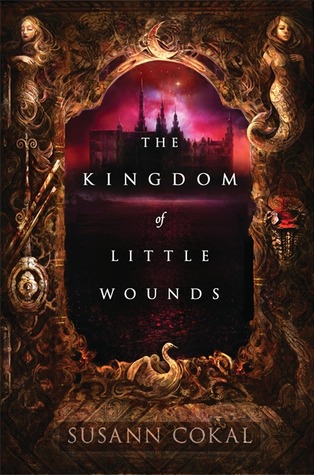
This is not a proper book review. A collection of random thoughts. But aren’t most of my book reviews really just collections of thoughts with a few sentences of obligatory summary? Aren’t all book reviews just collections of thoughts with a few sentences of summary? Or, more likely, many sentences of summary and maybe one thought? But I’m not here to tell you what I think about book reviews and how nobody knows how to do it. I am here to talk to you about the latest installment of the Sarah Dessen oeuvre: The Moon and More.
Okay, fine, here’s your obligatory summary:
Colby is a beach town, a tourist town, but Emaline is Colby, born and bred. She lives with her mom, her stepdad, her stepsisters, helps run the family beach rental agency, and has a cute long-term boyfriend. Things were getting better with her birth dad – the tourist who knocked up her mom when she was still a teenager – but things get weird when he backs out on helping pay for her Columbia tuition, and weirder when he shows up in Colby with Emaline’s half brother for an extended stay. And things get weird with the boyfriend when an exuberant film student rents a beach house and catches Emaline’s attention.
Ms. Dessen is a writer of contemporary romance, yes. Her stories are hefty enough to make you feel like you’re not reading a romance, but there’s usually at least a bit of a swoon factor.
The Moon and More has a nice love triangle, but I would argue very little swoon. And on purpose. Trying to avoid spoilers, but let’s just say that Emaline is too pragmatic to really fall head over heels and that’s okay. I like that. Not every YA protagonist needs to be susceptible to romance – especially female ones.
So if there’s not swoon, is this still a romance? Not technically, but it’s still a book about romance. Personally, I think I like books about romance more than romances. There’s always a bit of a conceit in a teen romance that irks me, the conceit that if only these two Love Interests can get together then they will live Happily Ever After. Forever. It’s not spoken, but isn’t that the conceit of all romances?
Yes, folks do marry their high school sweethearts, but not often. And is that really the only love story worth telling? Is every teen romance a How I Met Your Mother (in high school) story? I like romance, yes, and I will swoon when called upon to swoon, but I’m more interested in other kinds of literary romance, which I think Dessen does well with in The Moon and More.
Related, I really liked Theo as almost an anti-romantic-hero. Again, conceptual spoilers ahoy, but most male love interests in teen romances start out a little flawed (or at least the heroine interprets the boy as flawed) and as their romance progresses, those flaws fade away, or the heroine sees them as strengths, or she comes to love them. Theo starts out perfect but by the end of the summer, Emaline sees the major flaws his perfect facade has been hiding. I’m making this sound like Theo is a murderer or a domestic abuser or something. He’s not. He’s just not so swoon-worthy, as most boyfriends are. Their romance takes a different shape.
I’ve been thinking a lot about the kind of YA I gravitate toward, and I will write more about that soon. The Moon and More could be classified as a Last Summer Before College Where Big Decisions Are Made book. I read a lot of these, intentionally or not. I think it’s a popular choice for YA authors for a lot of reasons. It gets their characters out of school. It lets the author write about an almost-adult while still sticking to YA literary conventions. There’s the count-down to fall to ramp up tension and lots of built-in conflicts. It allows for a lot of Pondering of Big Ideas (another Dessen fave).
Dessen has written other Last Summer Before College books (This Lullaby, Along for the Ride) but this one felt different to me. My hypothesis? Most Last Summer Before College books do not actually rely on the narrator going anywhere in particular; it’s the leaving that’s important, not the destination. College represents a vague adulthood, and before the protagonist can be an adult she best attend to some emotional issues otherwise her adulthood will be spoiled. The romance overlay implies that unless the protagonist learns to be vulnerable/open your heart/give people a chance/learn to love, then her future could very well be lonely and loveless. This is an unspoken proposition that makes me uncomfortable, and also, I don’t find it as interesting.
In The Moon and More, Dessen does the Last Summer Before College a little more justice. Emaline’s destination isn’t just a vague place far away – it’s a big part of the plot and ties in with her fraught relationship with her family and her hometown. The book is largely about the difference between moving far and staying close to home, and what that means to your identity. The focus on What’s Next might take focus away from Emaline’s emotional arc (which I think led some readers to call her boring and unrelatable), and definitely reduces the swoon factor, but I like the way the book feels like it’s leaning forwards instead of holding back. I could say something about nostalgia in teen novels here and how this book explores nostalgia while also escaping its claws, but my thoughts, they ramble.
In rough conclusion, I can see where Dessen is going here. The Moon and More might not have the tightest plot, the most likeable characters, or have that swoon that you were hoping for, but I can see where she’s going with her characters and I hope she keeps it up.














